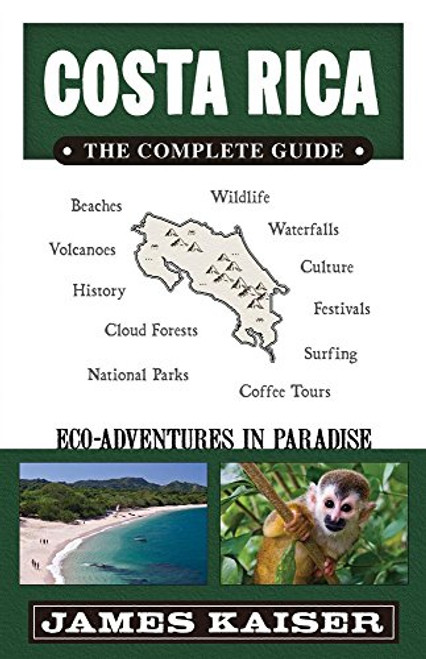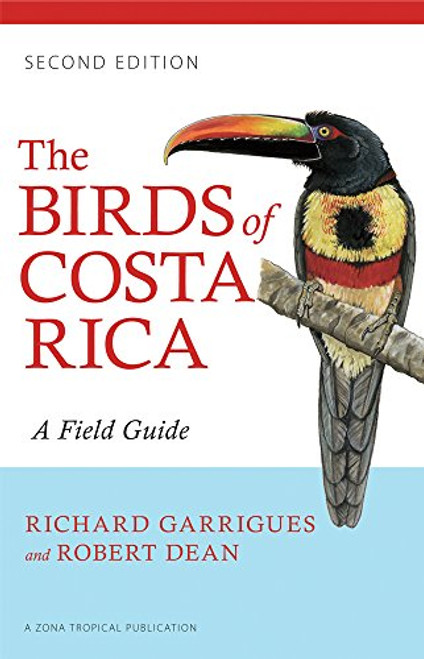Product Overview
INTRODUCTION
Hemmed in between the Pacific and Atlantic oceans near the narrowest point of the Central American isthmus, the tiny republic of Costa Rica is often pictured as an oasis of political stability in the midst of a turbulent region. This democratic and prosperous nation is also one of the most biodiverse areas on the planet, an ecological treasure house whose varied habitats ranging from rainforests and beaches to volcanoes and mangrove swamps support a fascinating variety of wildlife, much of it now protected by an enlightened national conservation system which is widely regarded as a model of its kind.
Though this idyllic image might not do justice to the full complexities of contemporary Costa Rican society, its true that the countrys long democratic tradition and complete absence of military forces (the army was abolished in 1948) stand in sharp contrast to the brutal internal conflicts which have ravaged its neighbours, while the country has also largely escaped the natural disasters which have afflicted so many other Central American states. This reputation for peacefulness has been an important factor in the spectacular growth of Costa Ricas tourist industry up to a million visitors are expected to visit the country during the year 2002, mainly from North America. Most of all, though, its the countrys outstanding natural beauty which has made it one of the worlds prime eco-tourism destinations, with visitors coming to walk trails beneath the vaulting canopy trees of million-year-old rainforests; to climb the volcanoes that punctuate the countrys mountainous spine; or to explore the high-altitude cloudforest, home to the jaguar, the lumbering tapir and the resplendent quetzal.
Admittedly, tourism has made Costa Rica less of an authentic experience than some travellers would like: its hard to go anywhere in the country without bumping into white-water rafters or surfers, and more and more previously remote spots are being bought up by foreign entrepreneurs. Still, few Costa Ricans have anything bad to say about their countrys popularity with visitors perhaps simply because they know which side their breads buttered. But as more hotels open, malls go up, and foreigners flock to the country, theres no doubt the country is experiencing a significant social change, while the darker side of foreign involvement in the country sex tourism, real-estate scams and conflicts between foreign property-owners and poorer locals are all on the increase.
Costa Ricas long democratic tradition and complete absence of military forces stand in sharp contrast to the brutal internal conflicts which have ravaged its neighbours
Despite such problems, revenue from tourism is one of the reasons Costa Ricans or Ticos, as they are generally known now enjoy the highest rate of literacy, health care, education and life expectancy in the isthmus. That said, Costa Rica is certainly not the middle-class country that its often portrayed to be a significant percentage of people still live below the poverty line and while it is modernizing fast, its character continues to be rooted in distinct local cultures, from the Afro-Caribbean province of Limn, with its Creole cuisine, games and patois, to the traditional ladino values embodied by the sabanero (cowboy) of Guanacaste. Above all, the country still has the highest rural population density in Latin America, and society continues to revolve around the twin axes of countryside and family: wherever you go, youre sure to be left with mental snapshots of rural life, whether it be horsemen trotting by on dirt roads, coffee-plantation day-labourers setting off to work in the dawn mists of the Highlands, or avocado-pickers cycling home at sunset.






